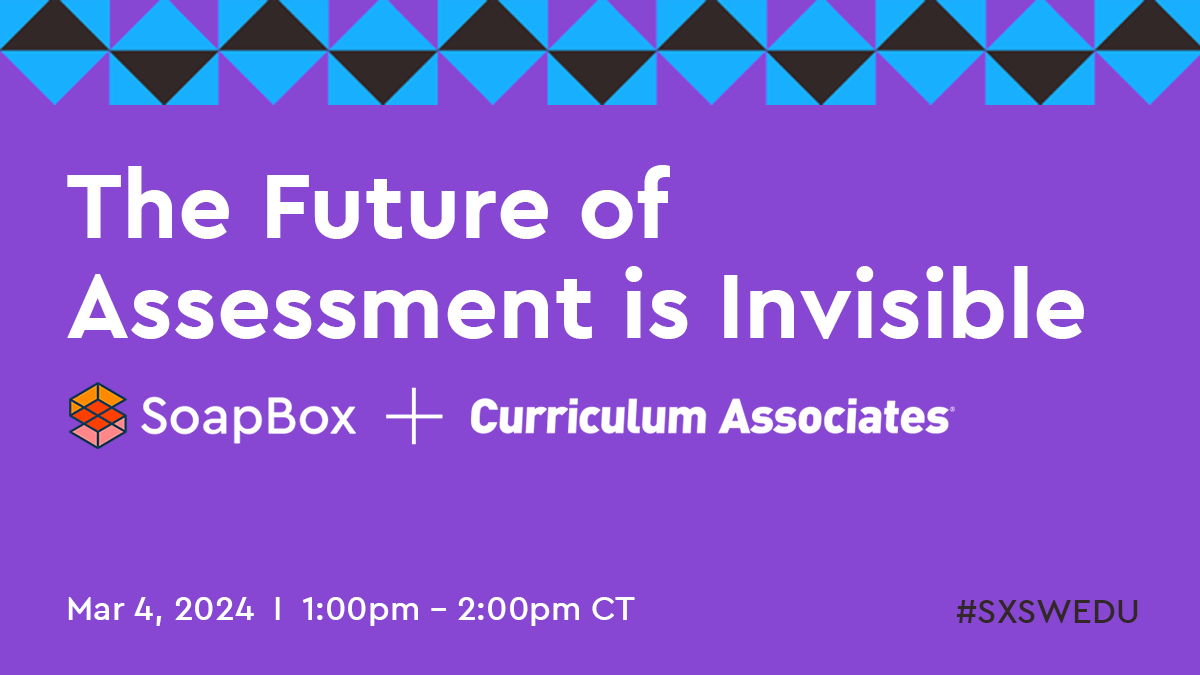Why 2021 Is the Year of Voice Tech in Education for Kids
April 29, 2021

Covid-19 exposed the weaknesses in edtech solutions that were not built specifically for kids and not built to be interactive and encouraging, and to provide feedback to students and their teachers. In 2020, edtech companies accelerated their embrace of voice solutions for the classroom, and of course, for remote learning. That accelerated adoption continues at such a rapid pace that 2021 is now being called the year of voice in education.
Last week, Dr. Patricia Scanlon joined former President of Scholastic Margery Mayer at EdTech Week for a masterclass on the rise of voice technology in education.
Their wide-ranging conversation encouraged attendees to reimagine how kids interact with technology and how voice tech can transform literacy and support the achievement of other core milestones in a kid’s learning journey.
Here are three key takeaways:
1. A passing grade isn’t good enough. Voice solutions for the classroom must be accurate and built specifically for kids’ voices.
To help instead of harm in an educational setting, voice solutions must first excel at the basics — 95% accuracy in understanding the voices of kids of all accents and ages.
Speech recognition in the classroom needs to be at a level where you’re not going to be worried about false positives or false negatives, telling a kid they’re wrong when they’re right or right when they’re wrong, which is either educationally damaging or damaging to kids’ confidence. – Dr. Patricia Scanlon
Voice solutions must also be unbiased and give all kids — regardless of background, accent, or dialect — an equal opportunity to learn.
When you’re deciding on intervention, whether to hold a child back or whether they need help, there has to be objectivity and no bias. If you build speech recognition right, you can actually accelerate the system. If you build it wrong, you’ll make it worse. – Dr. Patricia Scanlon
2. The potential for speech recognition in the classroom goes way beyond voice assistants.
Voice-enabled tools literally change the game when it comes to instruction, practice, intervention and screening in the classroom. A good example: using voice-enabled assessment tools, kids can be screened for dyslexia long before they learn to read.
Voice-enabled tools also encourage independent reading and language practice and give kids the individualized feedback they need, and teachers the data they need, no matter how crowded a classroom:
With voice-powered reading apps, a child is practicing and being assessed at the same time. And then when teachers get that precious one-on-one time with their students, it’s really targeted. They can just open up their teacher dashboard and see where a child is struggling. – Dr. Patricia Scanlon
3. Voice tools in the classroom return unique and new data points to teachers about their students’ progress.
Language and literacy tools powered by speech recognition provide a whole range of data points to teachers about the expressive language skills of children, data that was never before available:
People have known for years that prosody and hesitation can be informative indicators of a child’s reading fluency and progress, but how does a human assess them? A computer can accurately assess prosody and hesitancy. So with voice technology, we can create new data points to help teachers and educators see how a child, a classroom, a school, or a district is progressing with their reading. – Dr. Patricia Scanlon
A recording of Patricia and Margery’s masterclass will be publicly available soon.
While you’re here, check out the latest news from SoapBox Labs.




